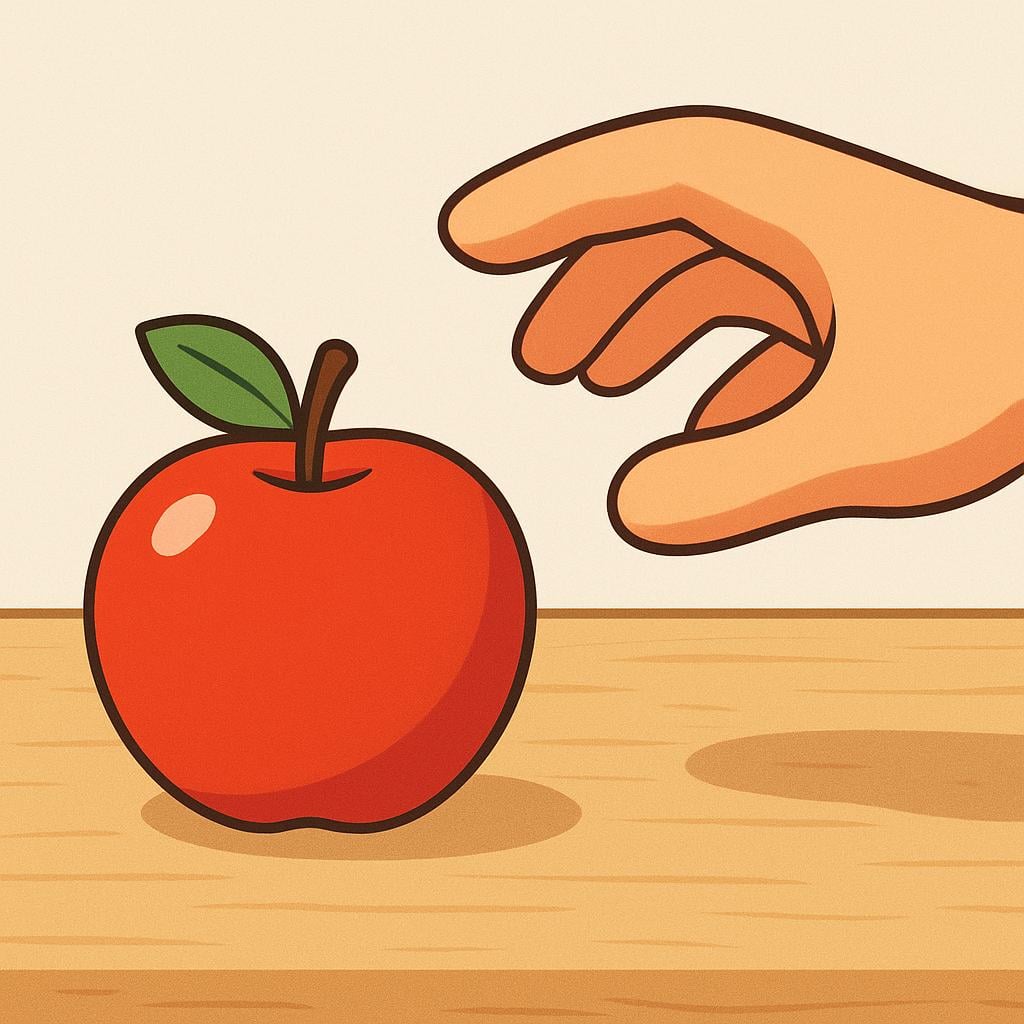tomo
/TOH-moh/
I take

When you tomo something, you take it into your possession.
tomo(Verb)
I take
?to grab, pick up, or use transport
,I drink
?referring to beverages, especially in Spain
I grab
?physically seizing something
,I have
?referring to having a snack or meal
,I make
?when referring to decisions or photos
📝 In Action
Tomo el autobús para ir a la escuela.
A1I take the bus to go to school.
Todos los días tomo un café con leche.
A1Every day I drink a coffee with milk.
Tomo nota de todo lo que dices.
A2I take note of everything you say.
💡 Grammar Points
Using 'Tomar' for Drinks
In Spain, 'tomar' is very common for drinking coffee, tea, or alcohol. In many parts of Latin America, 'beber' (to drink) is more frequently used for liquids.
Taking a Decision
When talking about making a decision, Spanish speakers use 'tomar una decisión' (I take a decision), not 'hacer una decisión' (I make a decision).
❌ Common Pitfalls
Confusing 'Tomar' and 'Llevar'
Mistake: "Llevo el autobús a casa. (I carry the bus home.)"
Correction: Tomo el autobús a casa. ('Tomar' is for using transport; 'llevar' is for carrying or taking a person/thing somewhere.)
⭐ Usage Tips
Context is Key
Since 'tomo' means so many things, let the object guide you: 'tomo agua' (I drink water), 'tomo el libro' (I grab the book), 'tomo el sol' (I sunbathe).

A tomo is a volume, often referring to one book in a multi-part series.
📝 In Action
La enciclopedia tiene diez tomos en total.
B1The encyclopedia has ten volumes in total.
Solo he leído el primer tomo de la saga.
B2I have only read the first volume of the saga.
El tomo final se publicará el próximo año.
B1The final volume will be published next year.
💡 Grammar Points
Gender Reminder
Remember that 'tomo' (volume) is masculine, so it uses 'el' and 'un': 'el tomo grande' (the large volume).
⭐ Usage Tips
Formal Context
You will usually see this word in libraries, bookstores, or academic settings when discussing large, multi-part works.
🔄 Conjugations
indicative
present
imperfect
preterite
subjunctive
present
imperfect
✏️ Quick Practice
💡 Quick Quiz: tomo
Question 1 of 2
Which sentence correctly uses 'tomo' to mean 'I grab'?
📚 More Resources
Frequently Asked Questions
Why does 'tomo' mean both 'I take' and 'volume'?
These two words are spelled and pronounced exactly the same but come from slightly different historical roots. The verb form comes from the idea of grasping, while the noun form comes from the Greek word for a section or piece of a work.
In Latin America, is 'tomo' used for drinking?
Yes, but less often than in Spain. In many Latin American regions, 'beber' (to drink) is the most common verb for liquids, while 'tomar' is preferred for using transportation or grabbing objects.